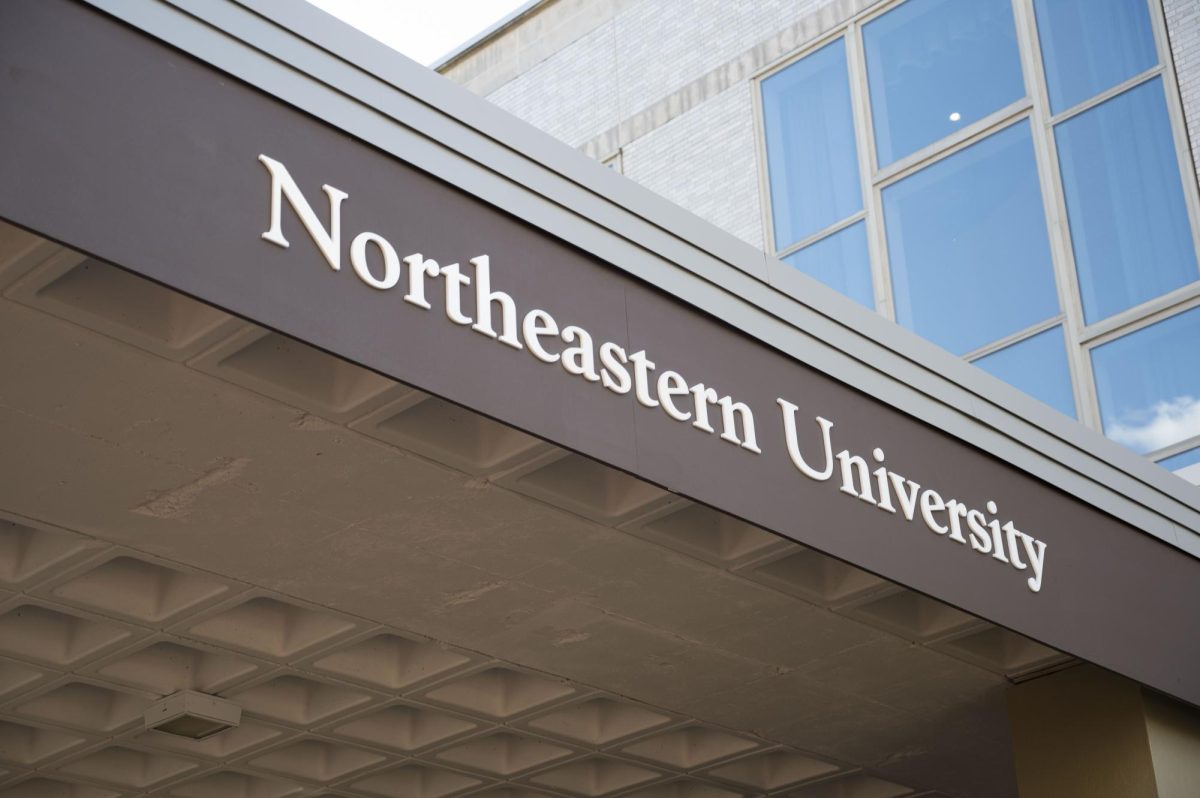In the ever-changing landscape of public health, invisible threats constantly loom both domestically and internationally. Humans now have to learn to live in a society where infectious diseases are one of our biggest threats. Northeastern University, with the help of the Centers for Disease Control and Prevention, has become a front-runner in this new battle.
The Centers for Disease Control and Prevention, or CDC, a federal agency under the Department of Health and Human Services responsible for monitoring, researching, and responding to infectious diseases and public health threats, announced Sept. 19 that it would give Northeastern, among 12 other grant recipients, $17.5 million in order to fund a disease prediction center.
The goal of the center is to create a national epidemic service with reliable modeling and analytical tools that can help with the response to pandemics and epidemics, according to head researchers on the team. This is a tool that public health decision-makers will use in order to communicate potential risks and their possible trajectory to the public. Over time, this epidemic center will enable the country’s readiness and responsiveness when facing a major crisis.
Northeastern, renowned for its commitment to research and innovation, was chosen as one of the several locations to lead an innovation center with the goal of helping detect and prepare the United States for the next outbreak of infectious disease. Alessandro Vespignani, director of Northeastern’s Network Science Institute and Sternberg Family Distinguished University Professor, is a crucial part of the new innovation center.
“I will be leading this effort and coordinating with other institutions, healthcare systems, and government labs — this is a very large-scale operation and vision,” Vespignani said.
With its broad expertise and cutting-edge research facilities Northeastern is positioned to take the lead in forecasting, overseeing, and addressing infectious diseases across the country.
“Northeastern has the tools and technologies at the forefront of the research, so we were perfect to integrate in this prevention effort,” Vespignani said. “We are very honored that Northeastern has been awarded and selected for one of these centers.”
The center, named EPISTORM: The Center for Advanced Epidemic Analytics and Predictive Modeling Technology, is placing primary emphasis on innovation according to Vespignani.
The CDC selected 13 centers to receive funding, The Johns Hopkins University, Emory University, Clemson University, and the University of Michigan School of Public House amongst others. Out of the 13 centers, five have a national mandate for innovation. These five centers are expected to revolutionize the methods used for surveillance, encompassing the development of intelligence, design, and models. In contrast, the remaining centers across the country will concentrate on integration and implementation aspects.
According to Jessica Davis, a research scientist at the Laboratory for Biologics Modeling in Professor Vespignani’s lab, “the name ‘EPISTORM’ is meant to make a connection to weather forecasting but also saying we will be a center that is active in pandemic responses when there is this storm of pathogens.”
The ongoing COVID-19 pandemic has vividly demonstrated the importance of a coordinated and proactive approach to infectious disease management, but this effort has been in the making for a long time.
Another key colleague in Vespignani’s research is Mauricio Santillana, director of Northeastern’s Machine Intelligence Group for the Betterment of Health and the Environment at the Network Science Institute and a professor at the university.
“A collection of experts, including myself, went to the White House under Barack Obama and proposed the creation of an agency so we would be prepared for a pandemic or any seasonal diseases like influenza. From that perspective, this has been in the making for a while,” Santillana said.
This center is intended for utilization by policymakers and public health decision-makers, with the ultimate aim being to ensure their usefulness for the general public.
“If I were to tell you the risk of catching COVID in your community is high, but you are a person who is retired, who never takes public transport, and who rarely goes to the supermarket, maybe the risk is low for you,” Santillana said. “But if you are a person who is very active and you are taking public transportation and interacting with lots of people, then you are at higher risk. So saying that the risk of COVID is high is not necessarily conveying the right message because there are many layers, so communicating this to the general public is hard.”
Northeastern is well-equipped to handle this new project, Vespignani said, because of its extensive research and work to prevent past viruses.
“We have a long history of working with what we call ‘epidemic outbreak science.’ The team at Northeastern has been working on Ebola, Zika, and influenza forecasting and analysis so we really have a lot of experience, tools, and models,” Vespignani said.
A long-term goal of this cooperation is the continued collaboration between epidemiologists, statisticians, computer scientists, and public health experts Santillana said
“This funding is designed to trigger collaboration across the country with other teams with the goal to create a network of support for any upcoming public health crisis,” Santillana said.
Epidemic forecasting is not a new concept, but its sophistication and accuracy have grown exponentially in recent years. A crucial milestone in predicting analytics was the technological advances of the past 20 years, however, it is still heavily in the works, Santillana said. Now, the goal is to leverage these technological advances and propose a new way to monitor infectious diseases.
“When we have an emergency, we don’t want to be in a situation like we were at the beginning of the COVID-19 pandemic — to find the right data — we want to have everything in place, an infrastructure on standby and [be] able to react as soon as possible,” Vespignani said.
The establishment of the Epidemic Forecasting Center at Northeastern exemplifies the university’s dedication to using research and innovation to address pressing challenges within the realm of global and public health.
“We are very excited, and it is great for us at Northeastern to gain access to this and it will help us have a strong collaboration with partners that are a part of this grant that may not be at Northeastern,” Santillana said.












